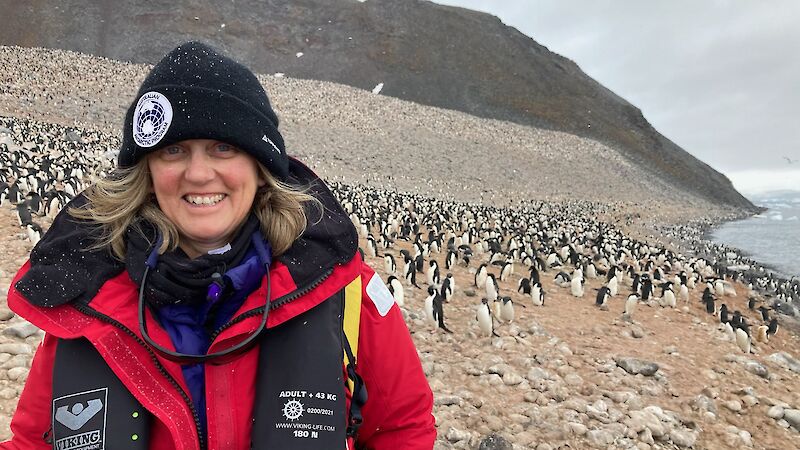Monitoring bird and seal colonies in Antarctica has taken on a new urgency with the detection of the highly pathogenic Avian Influenza on the continent for the first time. The Council of National Managers of Antarctic Programs (CONMAP) has confirmed that two dead skuas found near the Argentinian Primavera station on the Antarctic Peninsula tested positive to the virus in late February.

There were always fears Avian Influenza would reach Antarctica this season but seabird ecologist Dr Louise Emmerson said it was a shock nonetheless.
"It has had a devastating effect in nearby South America," she said.
"Tens of millions of birds have died globally and there is evidence that it also had a dramatic impact on southern elephant seals and fur seals.
"Some individuals within populations seem to be coming through it OK but there have been some weird and unexpected outcomes for some species. The northern gannet, for example, usually has blue eyes but when they recover from Avian Influenza, their eyes are black and we are not sure why."
What's more, Dr Emmerson said no-one knew what the impact of that adaptation would be.
"Could the black-eyed gannets have a breeding disadvantage? And did their blue eyes help with their foraging? There's so much we don't know about how species will respond and we need more research to resolve this."






